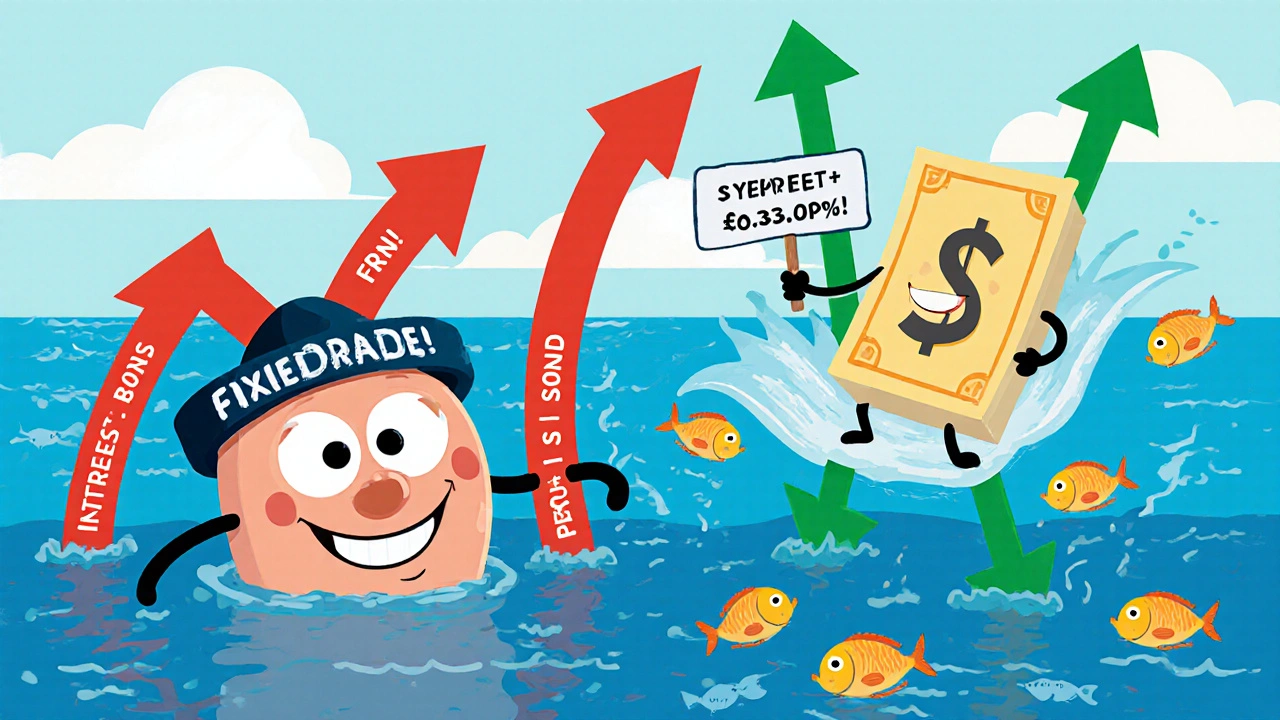FRNs Explained: What They Are and How They Fit Into Your Investment Strategy
When you hear FRNs, Floating Rate Notes are bonds whose interest payments adjust based on a benchmark rate like SOFR or LIBOR. Also known as floating rate bonds, they’re designed to protect investors from rising interest rates—unlike traditional fixed-rate bonds that lose value when rates climb. If you’ve ever watched your bond fund drop because the Fed raised rates, FRNs are the quiet alternative most people overlook.
FRNs aren’t just for big institutions. They’re used by retirees who need steady income without the price swings of long-term bonds, and by investors who want to avoid locking in low yields during uncertain rate cycles. Unlike fixed-rate bonds, where your coupon stays the same until maturity, FRNs reset every 30, 60, or 90 days. That means if the Fed hikes rates from 5% to 6%, your FRN’s next payment jumps too. No waiting. No guesswork. Just real-time alignment with market conditions.
They’re not perfect, though. Because their coupons adjust, they rarely offer big upfront yields. And if rates fall, your income drops too. But in a world where interest rate risk is the biggest threat to fixed income, FRNs give you control. They’re a tool for managing volatility, not chasing high returns. You’ll find them in money market funds, bank loan ETFs, and even some corporate bond portfolios. And while they don’t show up in every investor’s portfolio, they’re quietly everywhere in institutional accounts—because the pros know how to use them.
FRNs relate directly to other concepts you’ve seen here: bond funds, portfolios that hold a mix of bonds, including FRNs, to balance risk and income, asset allocation, how you split your money between stocks, bonds, and alternatives, and tax-deferred annuities, tools that also help manage income timing and tax exposure. If you’re trying to reduce interest rate risk without selling everything, FRNs are part of the solution.
You won’t find FRNs in every post here, but you’ll see their impact. Posts about bond total return, interest rate risk, and fixed income all touch on the same problem FRNs solve: what happens when rates move, and how do you protect your money? The articles below show you how to spot them in fund holdings, compare them to T-bills and CDs, and decide if they belong in your portfolio—whether you’re managing $5,000 or $500,000. No jargon. No fluff. Just what works when the market shifts.



